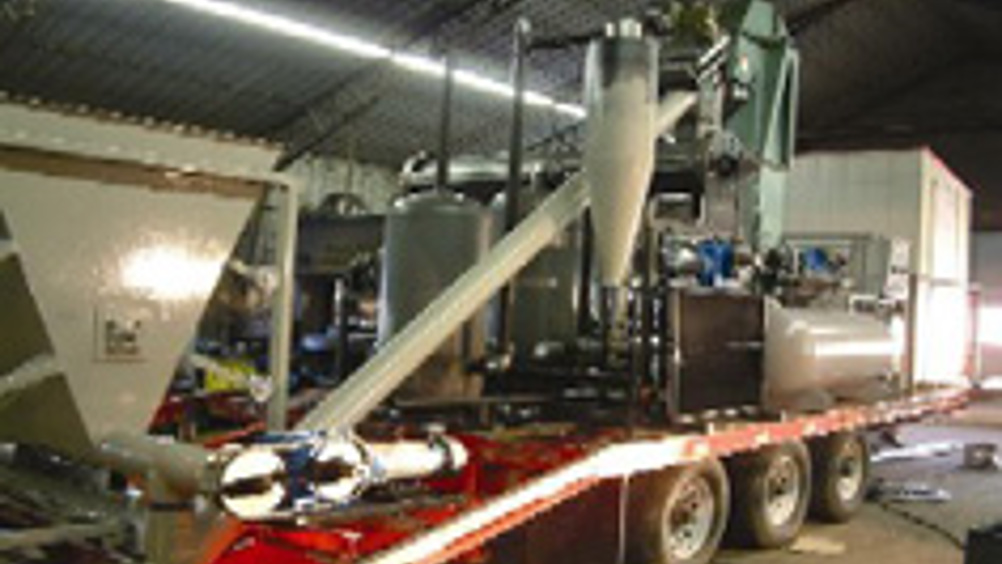Pyrolysis oils produce high-value feedstocks
A team of University of Massachusetts (UMass) Amherst chemical engineers say they have developed a way to produce high-volume chemical feedstocks including benzene, toluene, xylenes and olefins from pyrolysis oils − liquid fuels derived from biomass.

The new process could reduce or eliminate industry’s reliance on fossil fuels to make industrial chemicals worth an estimated $400bn (£260bn) annually.
Prof George Huber, the chemical engineer that led the development team, said that commodity chemical feedstocks could now be made entirely through processing pyrolysis oils. ’We are making the same molecules from biomass that are currently being produced from petroleum, with no infrastructure changes required,’ he said.
In the past, these compounds were made in a low-yield process, but the new process is claimed to produce yields that are three times greater than achieved before.
To make olefins such as ethylene and propylene − the building blocks of many plastics and resins − Huber’s process takes a two-step approach starting with a hydrogenation stage followed by a second, zeolite catalytic step. The zeolite catalyst has the pore structure and active sites to enable it to convert the biomass-based molecules into aromatic hydrocarbons and olefins.
Register now to continue reading
Thanks for visiting The Engineer. You’ve now reached your monthly limit of news stories. Register for free to unlock unlimited access to all of our news coverage, as well as premium content including opinion, in-depth features and special reports.
Benefits of registering
-
In-depth insights and coverage of key emerging trends
-
Unrestricted access to special reports throughout the year
-
Daily technology news delivered straight to your inbox










UK Enters ‘Golden Age of Nuclear’
The delay (nearly 8 years) in getting approval for the Rolls-Royce SMR is most worrying. Signifies a torpid and expensive system that is quite onerous...